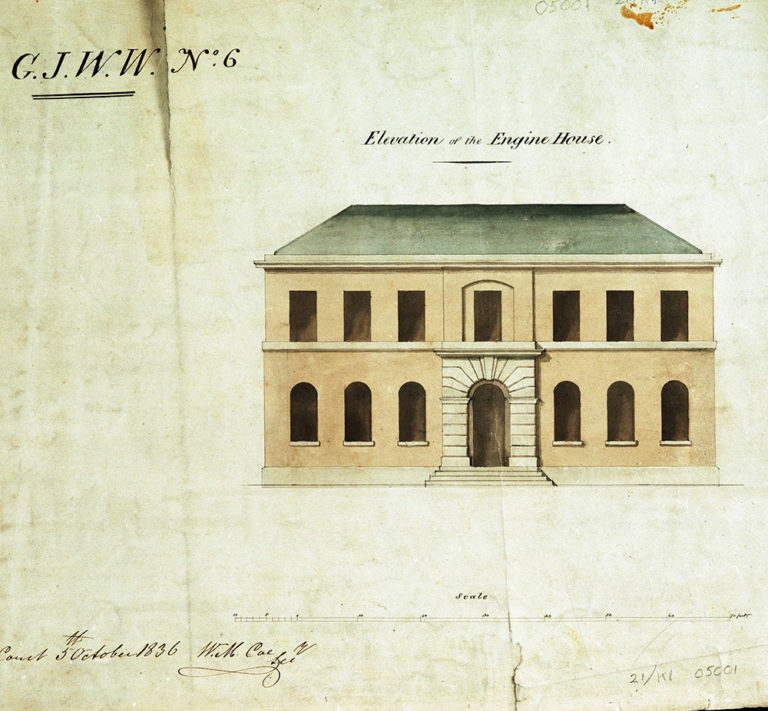In focus: the Museum’s Library and Archive
Many Museum members and volunteers may be unaware that we hold an extensive Library and Archive – let alone other visitors and friends. But it really is a hidden gem. Bryce Caller, Museum Archivist, tells us more.
The Library and Archive provides the knowledge base for the Museum. It aims to collect and maintain all available information relating to the Museum’s collection of engines and objects, to support education and Museum activities, to promote research, and to help maintain the Museum’s credentials as a place of national and international significance.
Set up in the early days of the Museum, the Library and Archive originally concentrated on steam power, but over the years there has been a gradual shift of emphasis to focus on the history of water supply, particularly in London and at the Kew Bridge site itself.
The Library contains more than 1,800 books, booklets and documents. As well as the Museum’s core interest in the history of London’s water supply, its shelves contain books on local history, industrial archaeology and on the social influences of water supply and sanitation, together with histories of the development of the steam engine and biographies of famous engineers. We have numerous technical publications, and an extensive collection of workshop manuals and catalogues.
The Archive contains some of the Museum’s most significant possessions, books and documents which cannot be replaced. For example, we have a large number of historic working drawings of our site (see illustration above), for work both above ground and below, some showing an astonishing maze of pipework. The earliest drawings date from 1836. And we have many hundreds of old photographs of waterworks, both at Kew Bridge and elsewhere. There are numerous reports, looking into the state of London’s water supply in the nineteenth century.
At a more prosaic level, we have an audit of the Kew Bridge Waterworks, carried out in 1904, which lists the establishment’s contents in detail, right down to the size and type of carpets in the offices, and the number of spanners in the workshops!
The Archive also contains corporate records, the Museum’s own history.
Members and volunteers can make an appointment to visit the Library and Archive, and are welcome to browse the library shelves. Archive volunteers will also be happy to help with specific enquiries about material we might hold.
For more information about becoming a member, visit the member area of our website.


